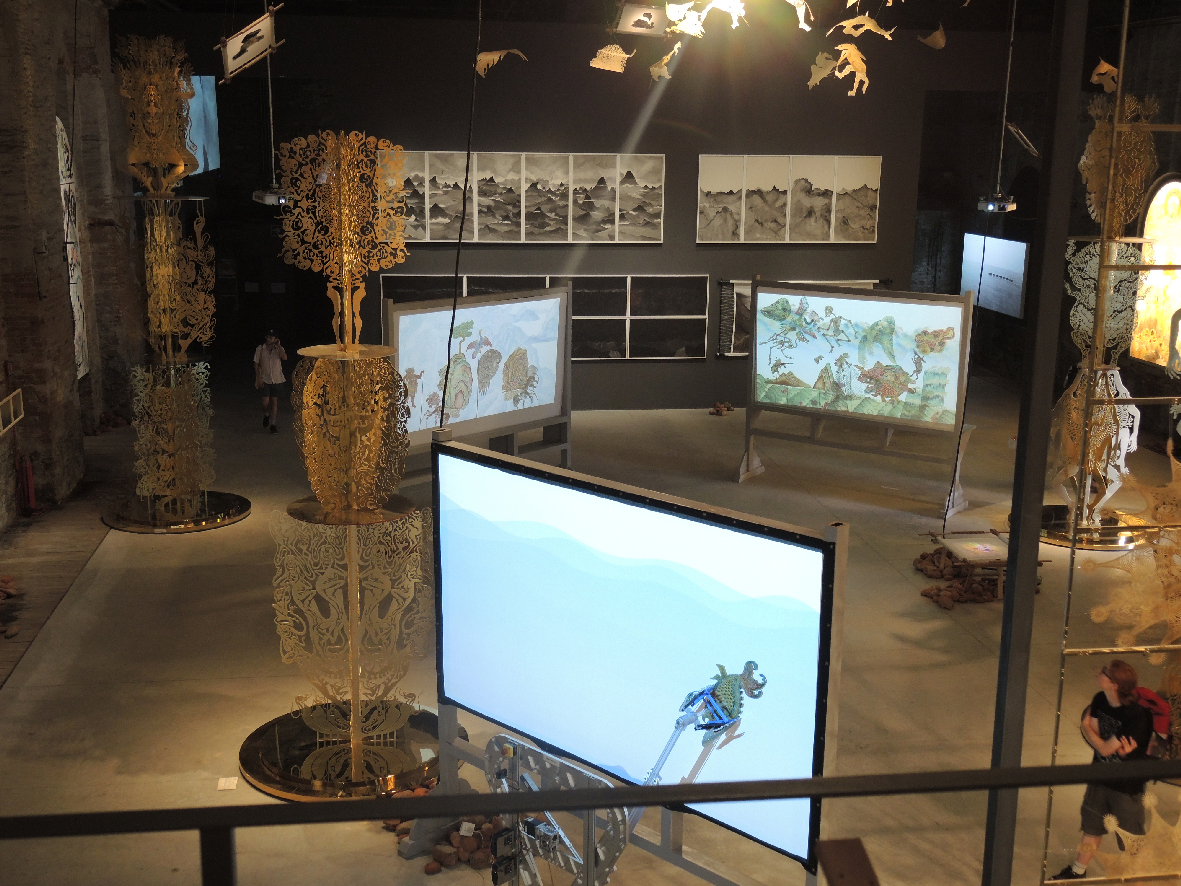
Chinas pavillion biennale 2017
Afterword to the 2017 Art Biennale
13.05.2017 – 26.11.2017
Curator: Christine Macel
Let us look at the 57th Art Biennale Viva Arte Viva as a snapshot of contemporary art in 2017 and see if we can pick out the emerging trends.
There was less abstract art, little painting or art photography, many fewer big names from the 1960s, 70s + 80s, and it was a less overtly political Biennale. Instead there was an expanded show of art based in Ritual, ethnographic and anthropological art, and Performing art.
Harald Szeemann in 1999 was the last curator of the Biennale to have 5 months to ideate and organise the exhibition. With the Venice Biennale becoming a private institution in 2001 it was freed from the necessity of having a political appointee, allowing future curators, starting with Szeemann again, 2 years to plan and execute their Biennale. The effect has been to permit curators to research in depth the work and practices of the artists and to be more selective in their choices. Christine Macel chose lesser known artists from 1960s + 70s – looking at the Present and Future through the lens of the Past, to give historical depth. Macel presented the Golden Lion Lifetime Achievement Award to Carolee Schneemann. It was unfortunate that no works by Schneemann were present.
By contrast, Robert Storr (2007) curated a show with many radical artists with marquee names from the 1960s + 70s such as Sol LeWitt, Ellsworth Kelly, Gerhard Richter, Bruce Nauman amongst other conceptual heavyweights.
The main building of the Giardini site and the Corderie, Artiglierie and the Garden of the Virgini at the Arsenale provide the curator with an enormous canvas on which to lay their curatorial handprint and style. The 57th Biennale was self-confidently uncluttered, a thematically and stylistically coherent promenade. In contrast to previous Biennales, the entrance rooms of the Arsenale seemed self-consciously anti-climatic (Juan Downey + Rasheed Araeen) – previous curators having chosen work to try and grab the public from the outset.
The international art Press’ judgement on the 2017 Biennale was mixed but it was still a must-see for the cognoscenti who travel the art world from Kassel to Basel, Athens to Venice.
The Jury.
The Curator selects the works and structures the audience’s experience of them through their sequencing. The Jury takes their pick. Both help set the agenda for what is the best of contemporary art in 2017, emerging and established.
The Jury was chaired by Manuel J. Borja-Villel (President Spain), Francesca Alfano Miglietti (Italy), Amy Cheng (Taiwan), Ntone Edjabe (Cameroon), and Mark Godfrey (Great Britain). The prizes they awarded were balanced between 3 which were for socially/ politically engaged art and 2 more formally experimental works.
Golden Lion for Best National Participation: GERMANY Anne Imhof
Commissioner: ifa (Institut für Auslandsbeziehungen) on behalf of the Federal Foreign Office.
Curator: Susanne Pfeffer.
Golden Lion for Best National Participation to Germany for ‘a powerful and disturbing installation that poses urgent questions about our time. It pushes the spectator to a state of anxiety. An original response to the architecture of the pavilion, Imhof’s work is also characterized by precise decisions about objects, images, bodies and sounds.’
Imhof focuses our attention on social alienation with a highly political use of the Nazi era German pavilion’s neo-classicism to contrast with the dystopic struggle within it.
A special mention has been awarded to: BRAZIL– Cinthia Marcelle
Commissioner: Fundação Bienal de São Paulo. President: João Carlos de Figueiredo Ferraz.
Curator: Jochen Volz
Special mention as National Participation to Brazil ‘for an installation which produces an enigmatic and unbalanced space in which we cannot feel secure. Both the structure of the installation and the video by Cinthia Marcelle in partnership with filmmaker Tiago Mata Machado evoke the concerns of contemporary Brazilian society.’
A metaphorical portrait through installation for the precariousness and imminent risk of collapse in contemporary society.
Golden Lion for the Best Artist of the 57th International Art Exhibition Viva Arte Viva to Franz Erhard Walther ‘for his work, which brings together forms, colour, fabrics, sculpture, performance and continues to activate the viewer in engaging ways; for the radical and complex nature of his oeuvre that has an impact on our time and suggests a way of living in transit.’
Silver Lion for a Promising Young Artist to Hassan Kahn for the special and intimate relationship that his work establishes with the spectator, to whom he suggests a connection between voice, sound and the horizon. His Composition for a Public Park creates an immersive experience which beautifully intertwines the political and the poetic.
The Jury choose these artists for their formal and experimental work: through the soundscape (Hassan Khan), and the action + performance which are central to the art of Franz Erhard Walther.
The Jury has decided to award two special mentions to the following artists:
Charles Atlas (1949 USA, works in NY) ‘for two videos of great visual splendour and sophisticated editing in which images of natural and artificial beauty are joined to words addressing questions of austerity and frustration, sexuality and class.’
A striking counterpoint between the beauty of a sunset with a matter-of-fact intimate narration of the hardships of the normal person’s daily life against the deafness and absurdity of global politics.
Petrit Halilaj (1986 Kosovo, lives & works between Bozzolo, Berlin and Pristina) ‘for imaginative interventions in the architecture of the Arsenale and Central Pavilion, which create relationships between the history of Kosovo and childhood memories.’
See down below a choice of works of the 2017 Biennale.
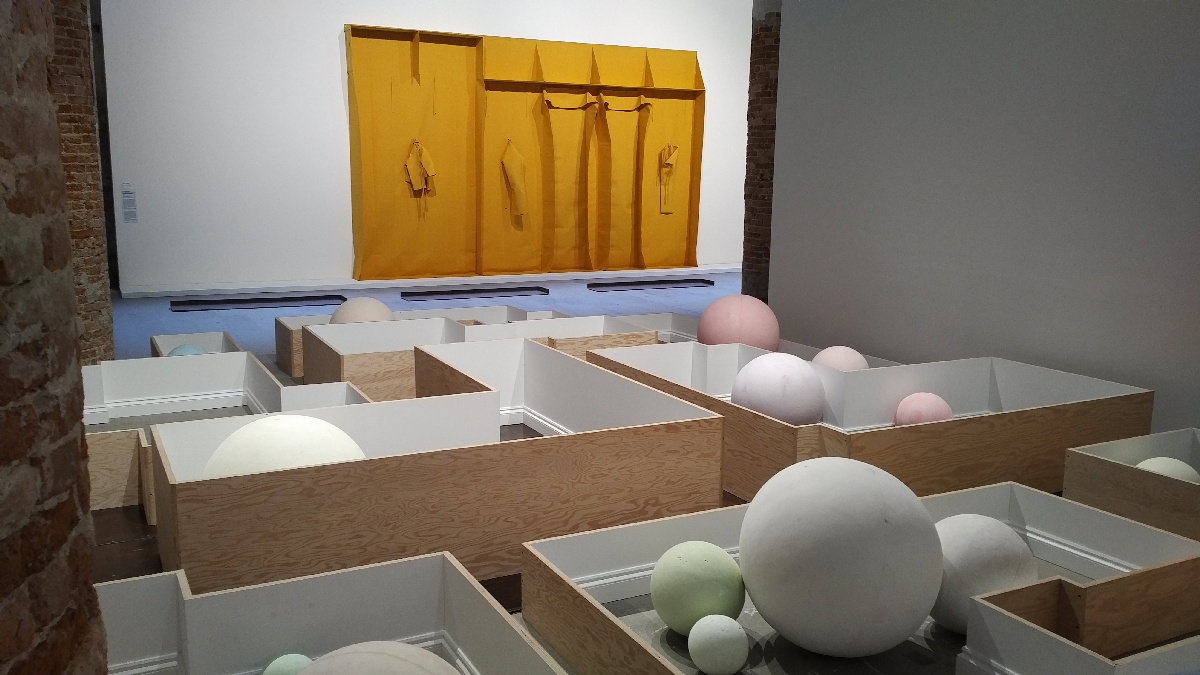
Martin Cordiano biennale 2017
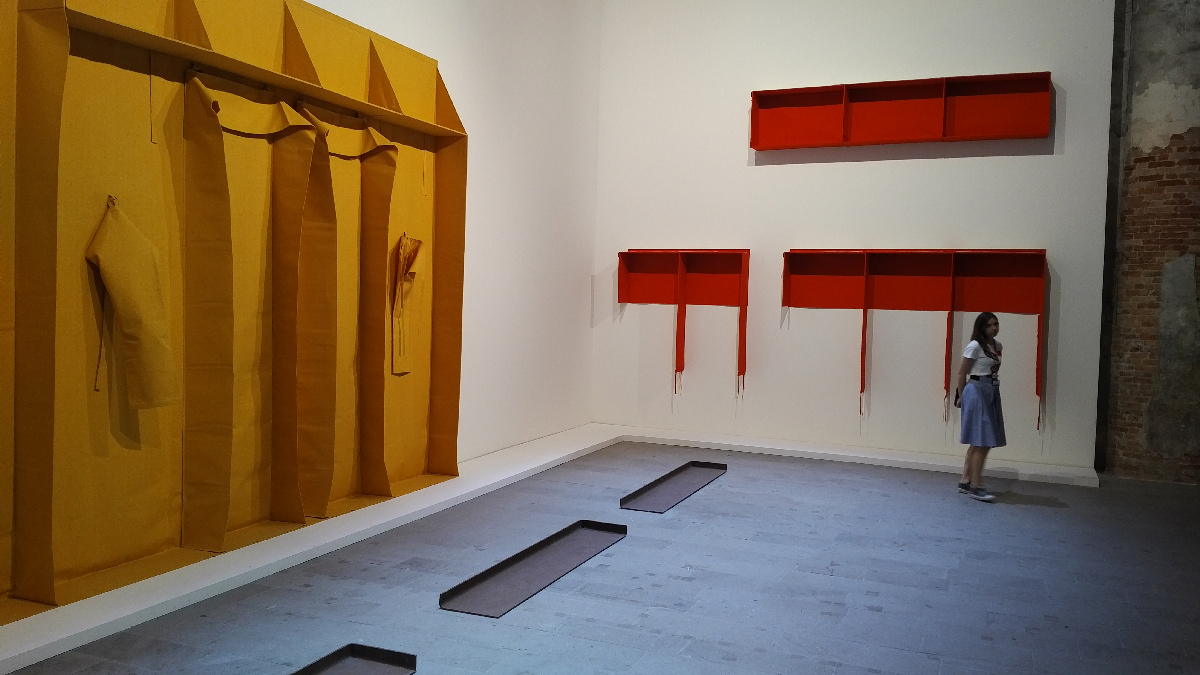
Franz Erhard Wahlter biennale 2017
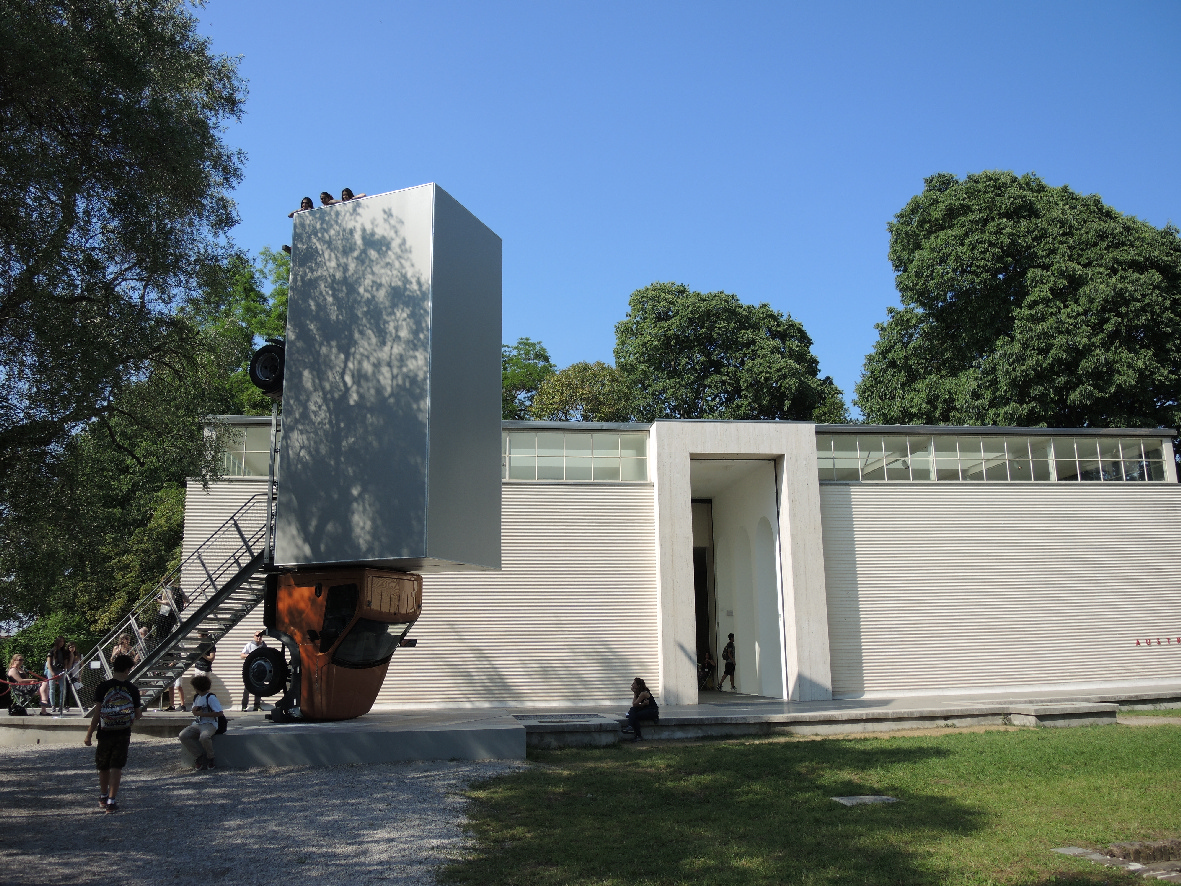
Erwin Wurm.Austria biennale 2017
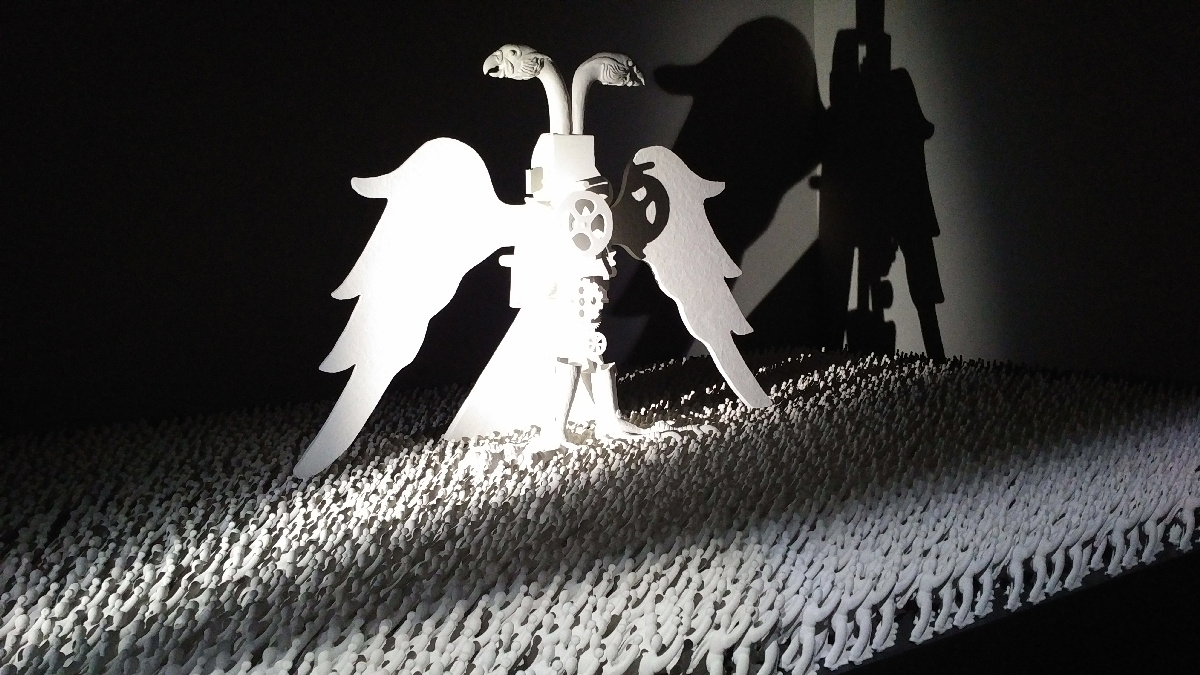
Grisha Bruskin.Russia pav.biennale 2017

Philllida Barlow.UK pav.biennale 2017
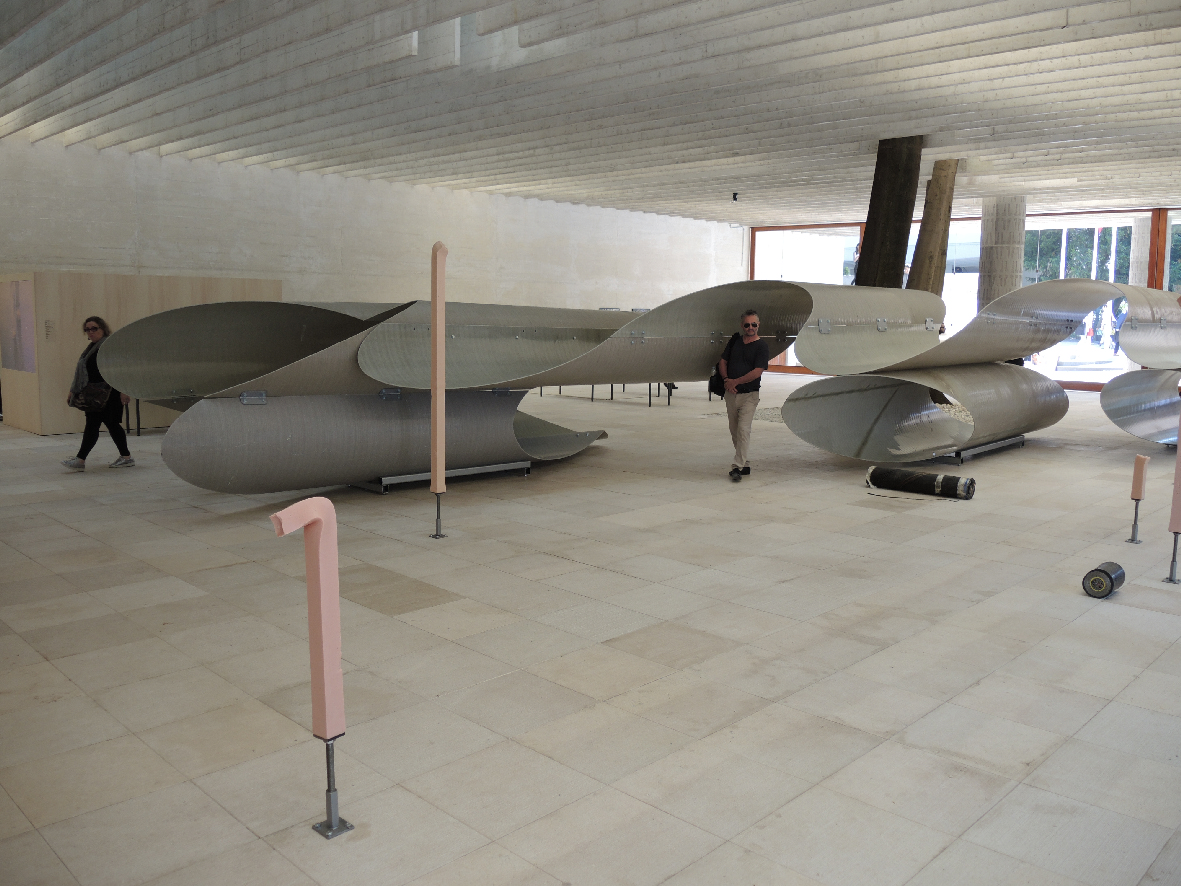
Siri Aurdal.Scandinavia pav.biennale 2017
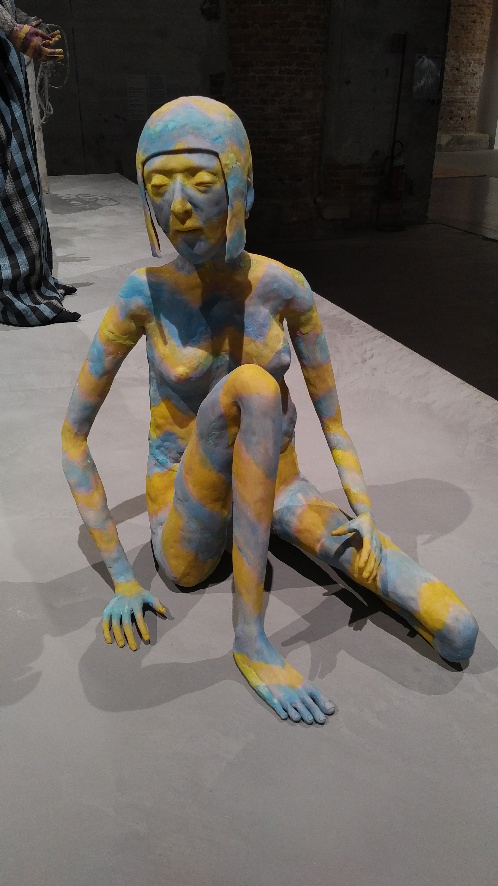
Francis Upritchard.biennale 2017
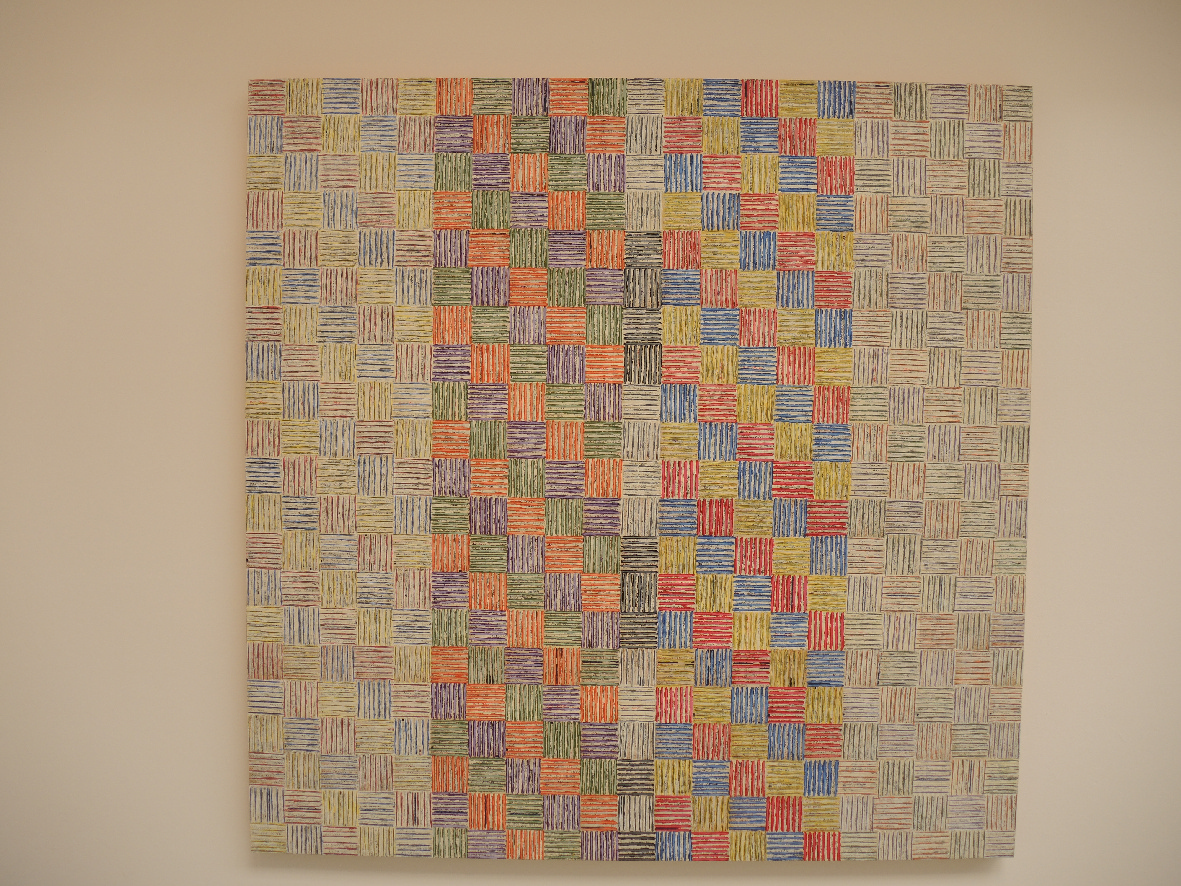
McArthur Binion.biennale 2017
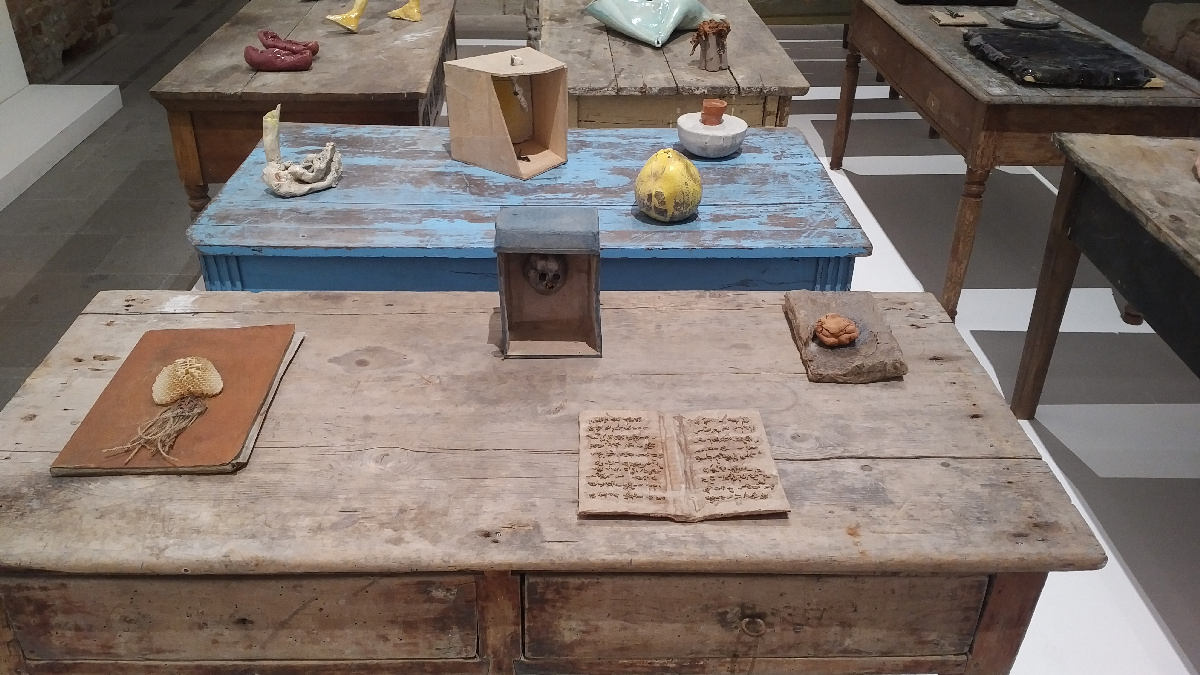
Michele Ciacciofera.biennale 2017
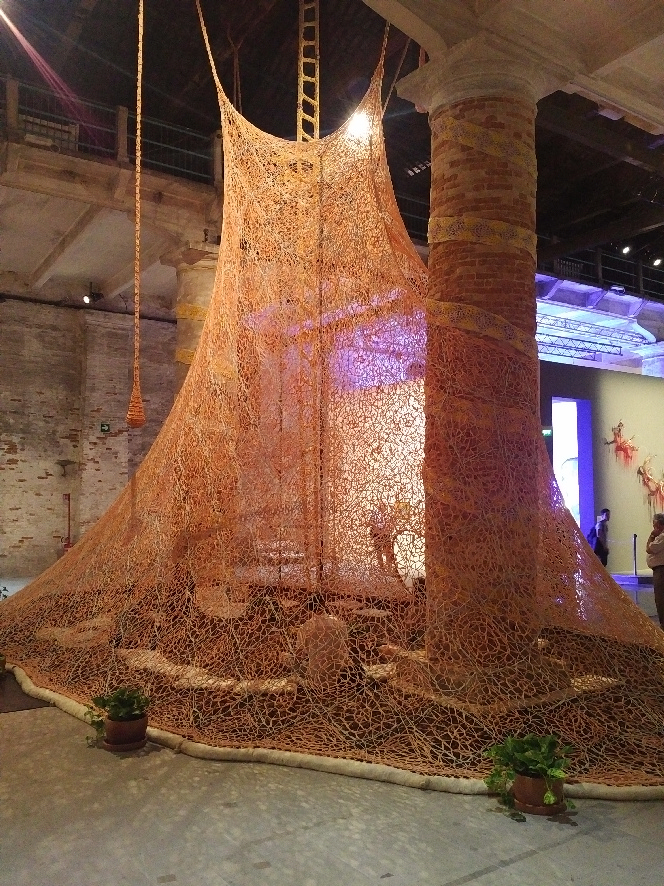
Ernesto Neto.biennale 2017
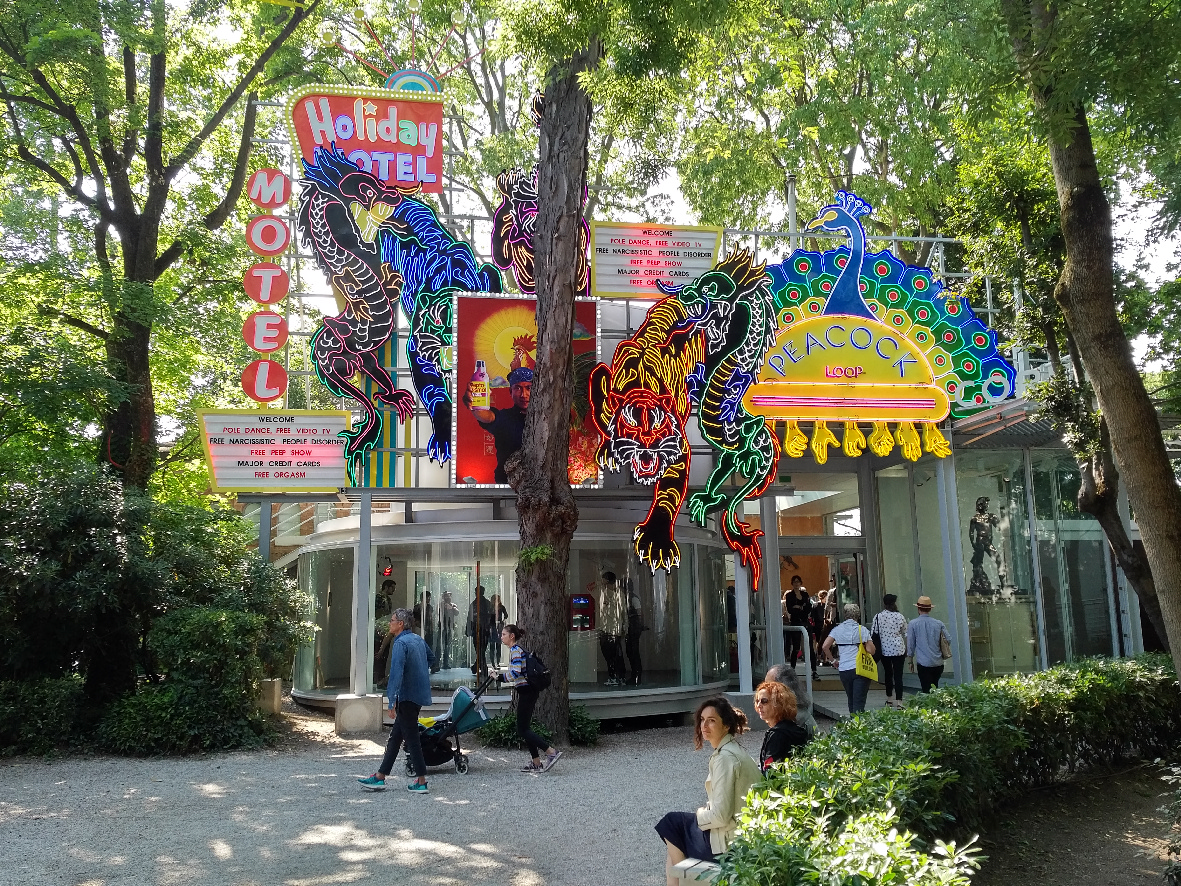
Cody Choi.Corea pav.biennale 2017
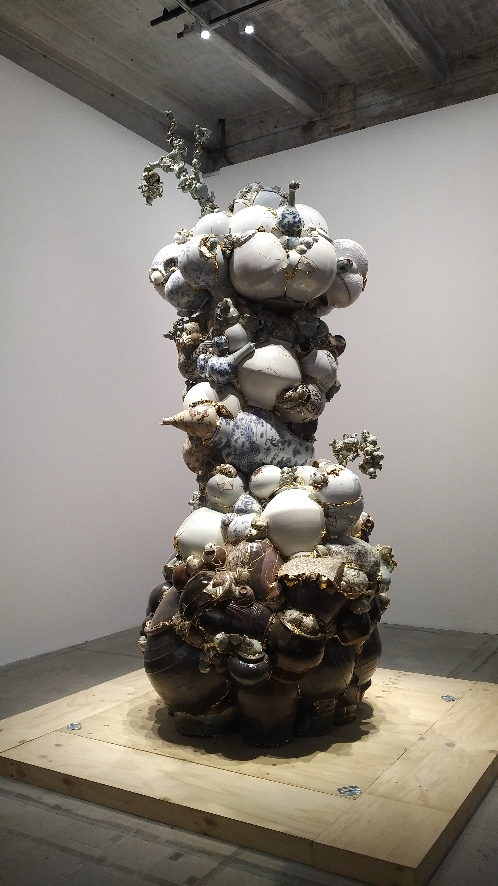
Yee Sookyung.biennale 2017
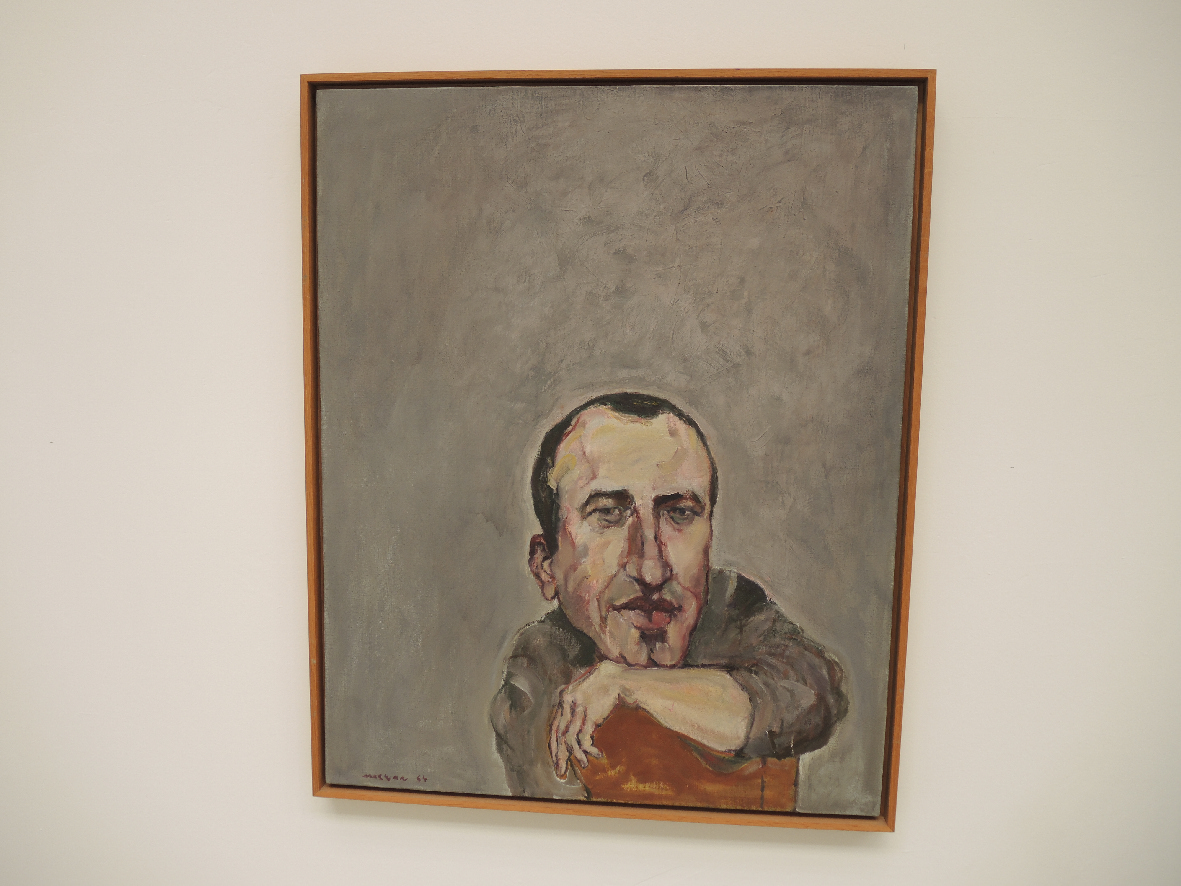
Marwan.biennale 2017
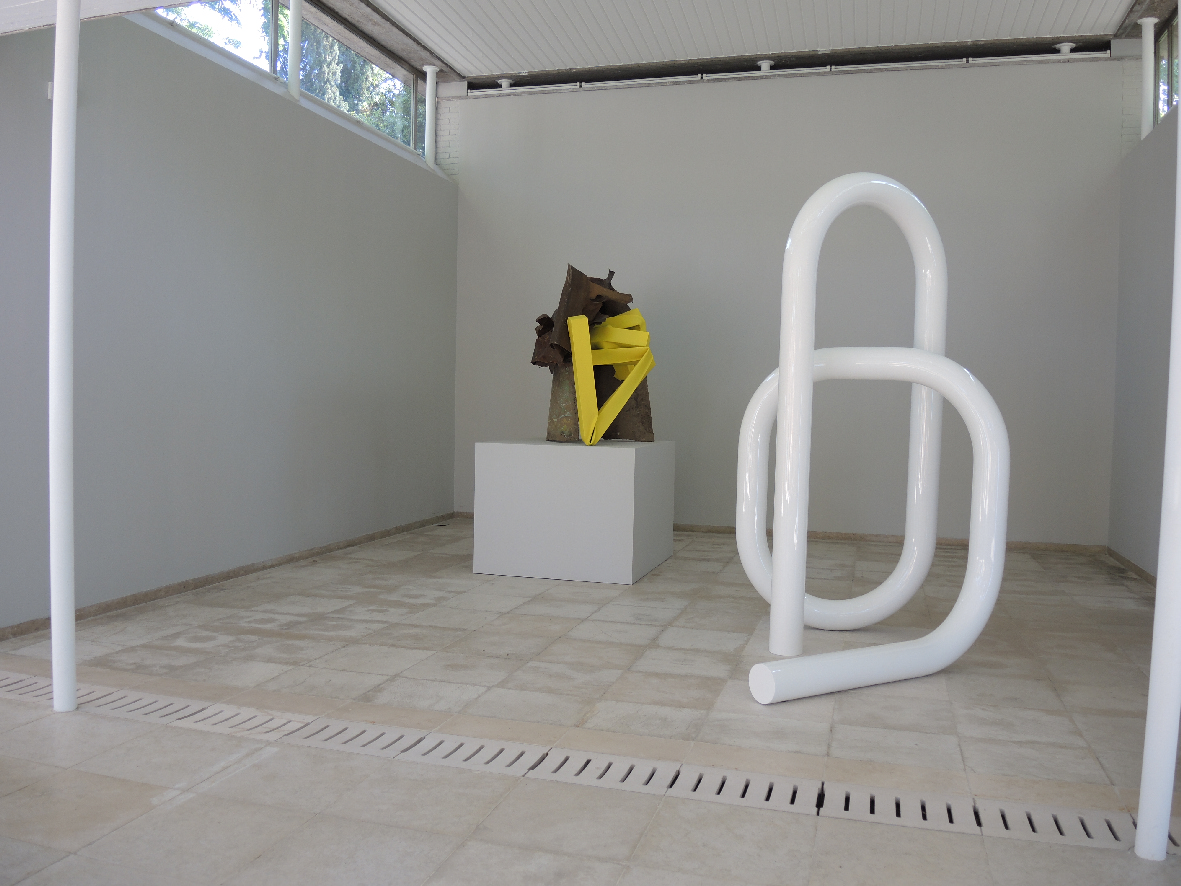
Teresa Hubbard.Swiss pav.biennale 2017
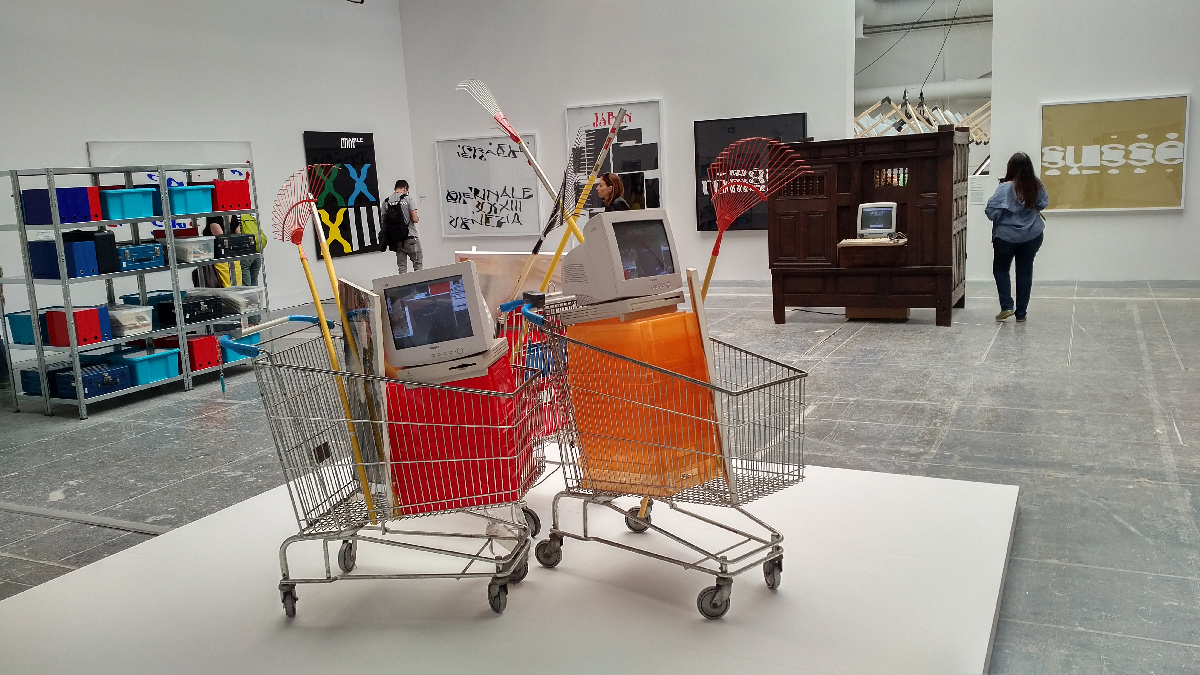
Raymon Hains.biennale 2017
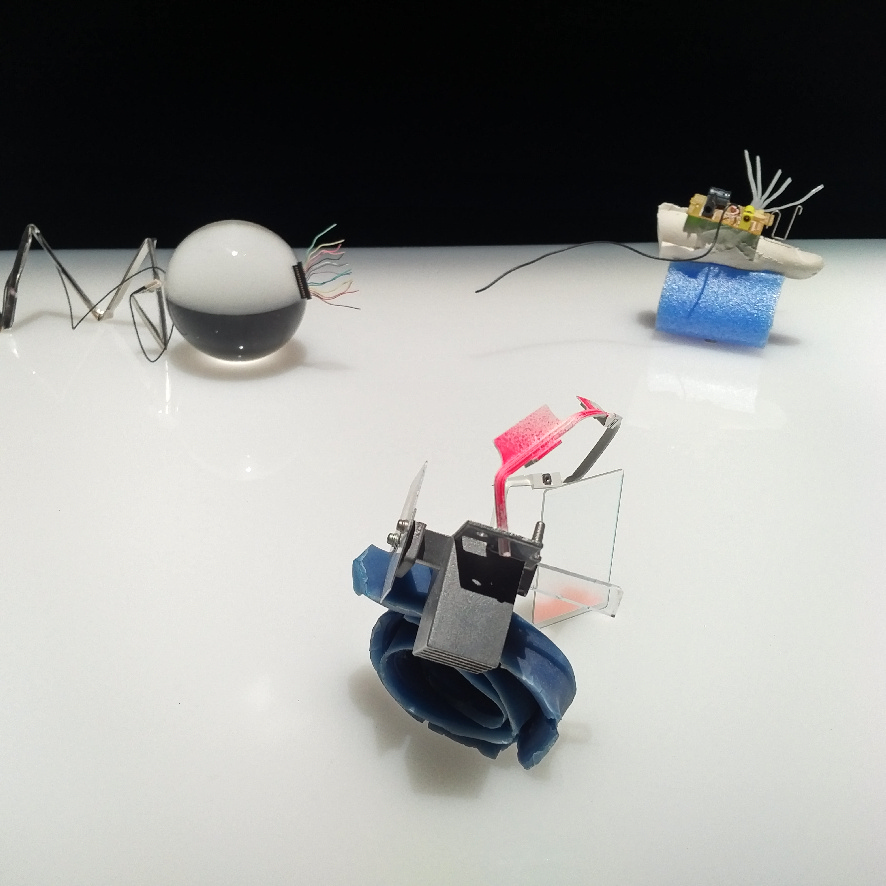
Theo Massoulier.biennale 2017
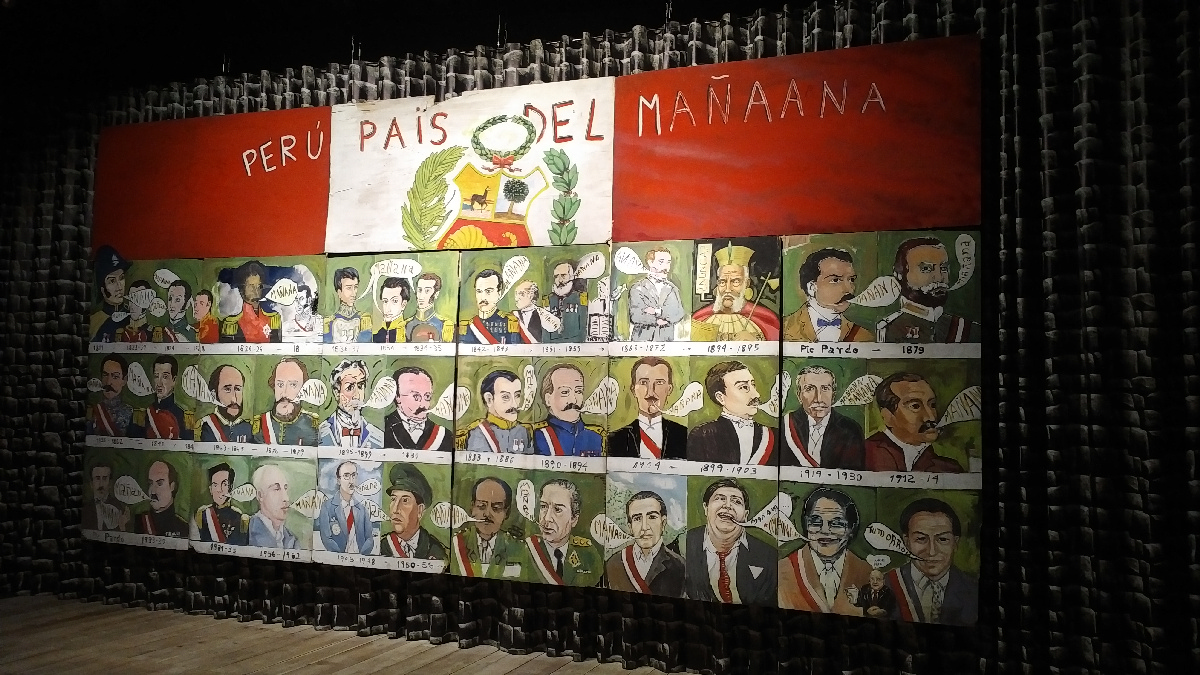
Juan Javier Salazar Peru pav.biennale 2017
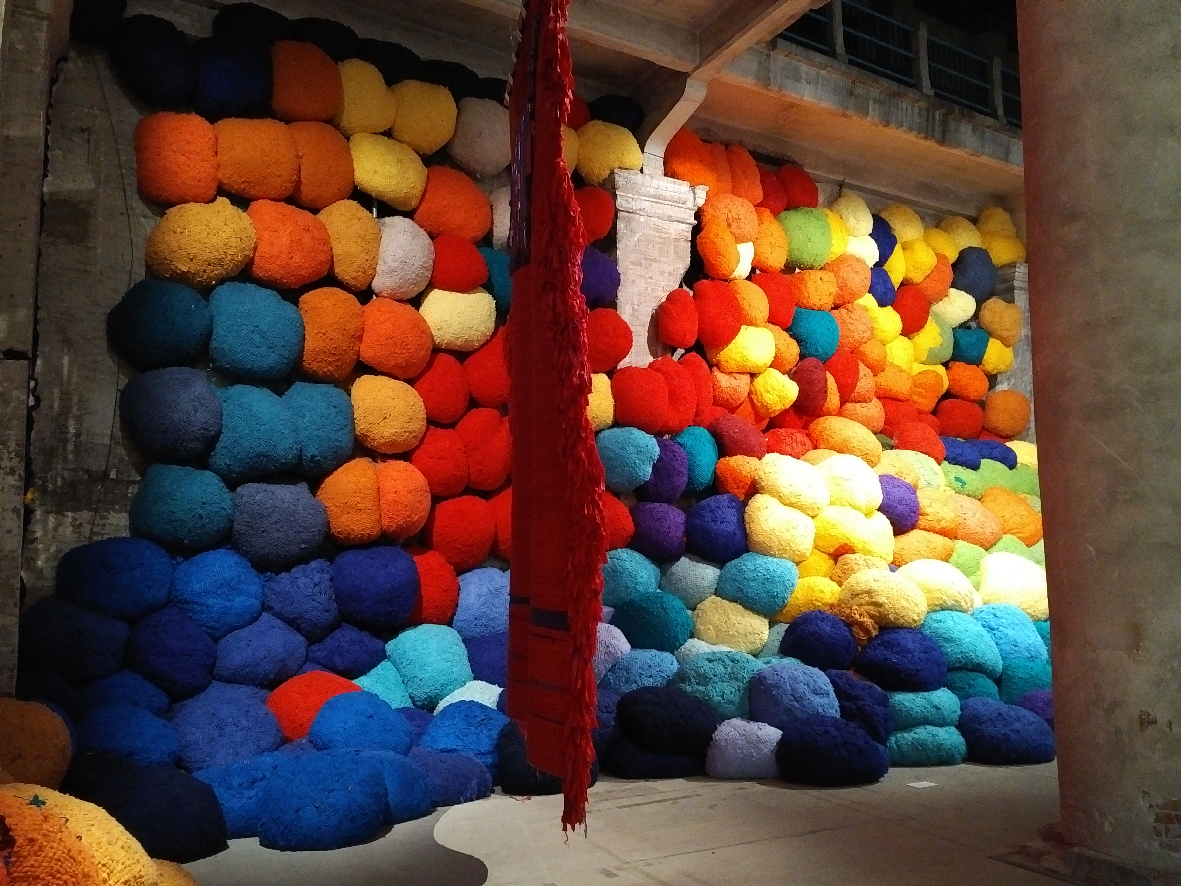
Sheila Hicks.biennale 2017
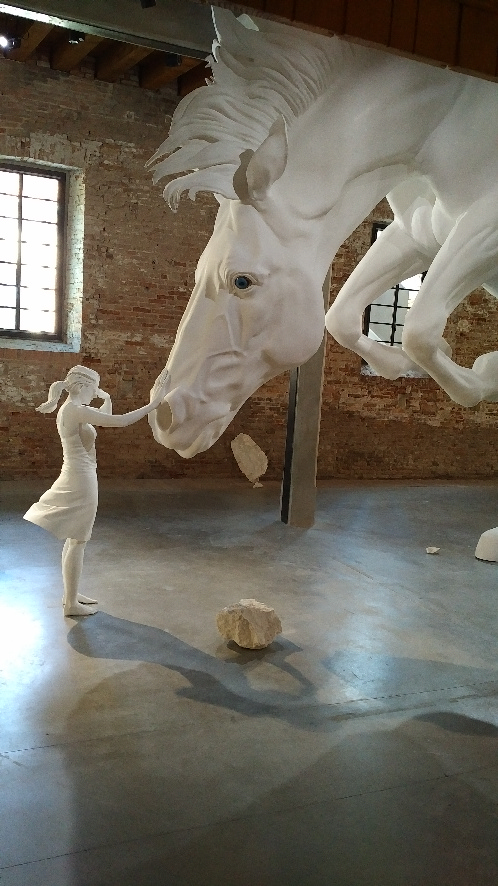
Claudia Fontes.Arg. pav.biennale 201
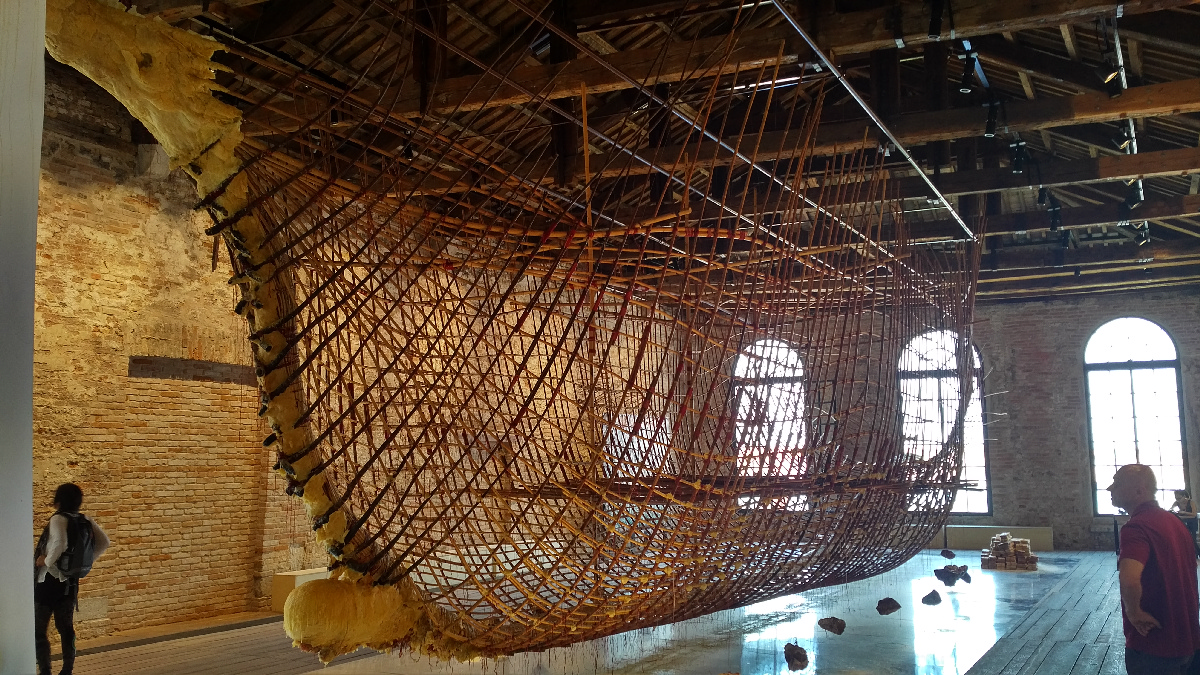
Zai Kuning Singapore. pav.biennale 2017
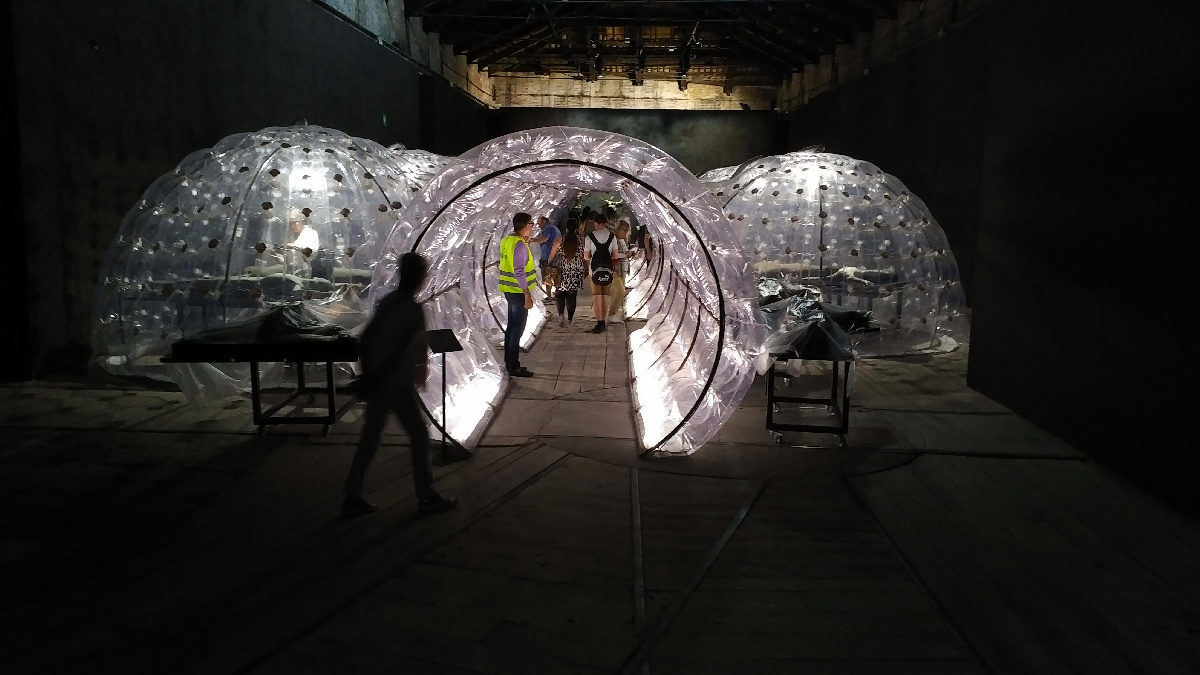
Roberto Cuoghi Ita. pav.biennale 2017
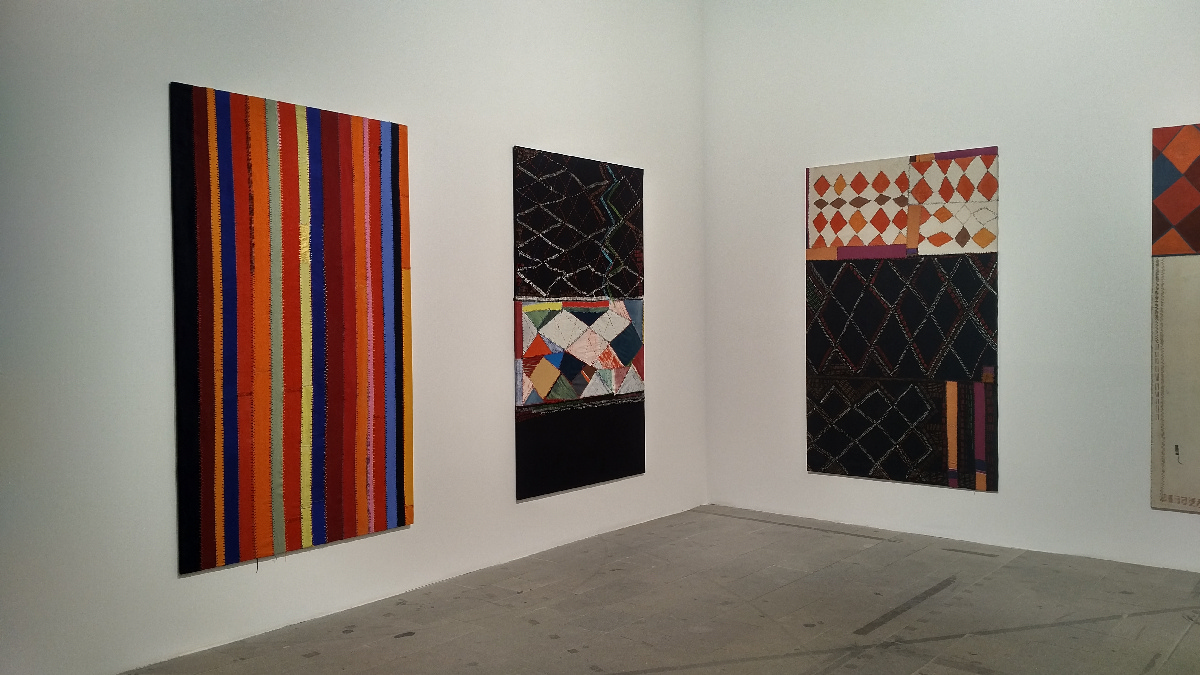
Teresa Lanceta.biennale 2017
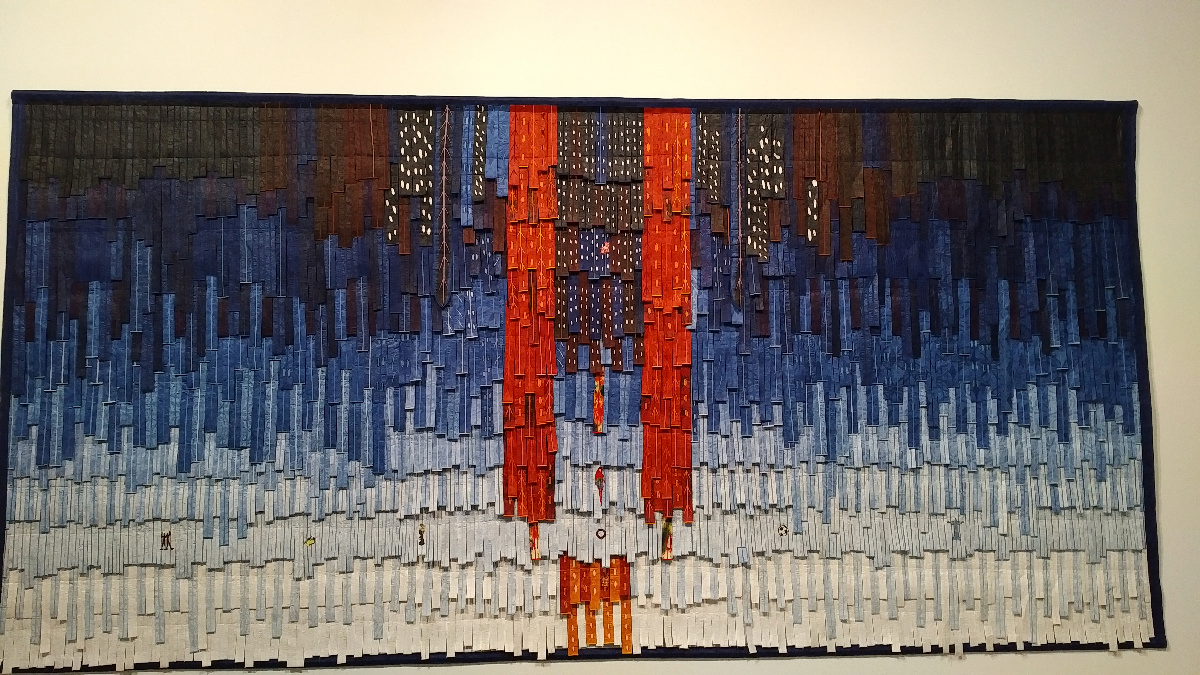
Abdoluye Konatè.biennale 2017
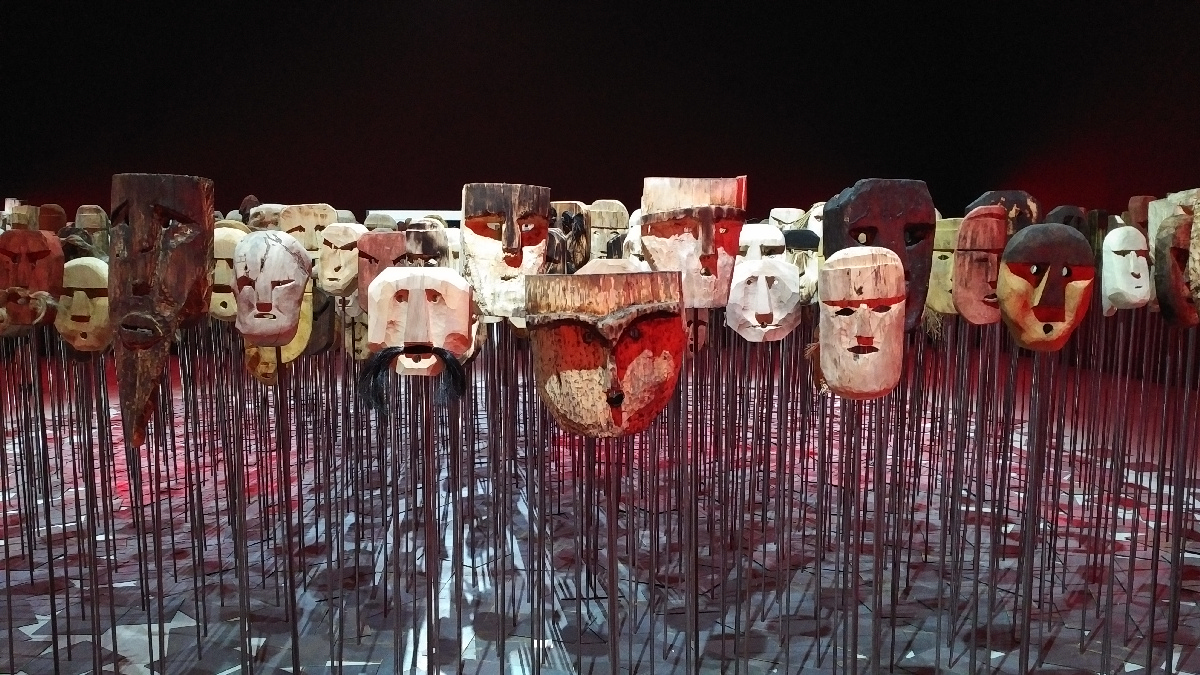
Bernardo Oyarzun Cile pav.biennale 2017
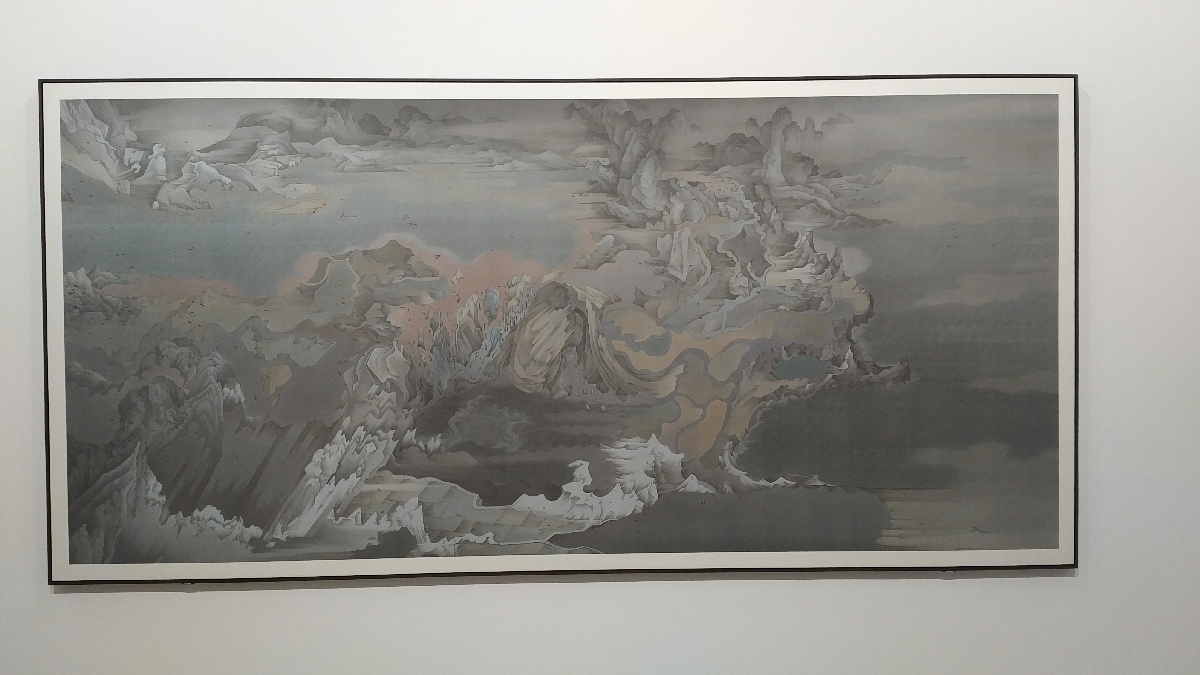
Hao Liang.biennale 2017
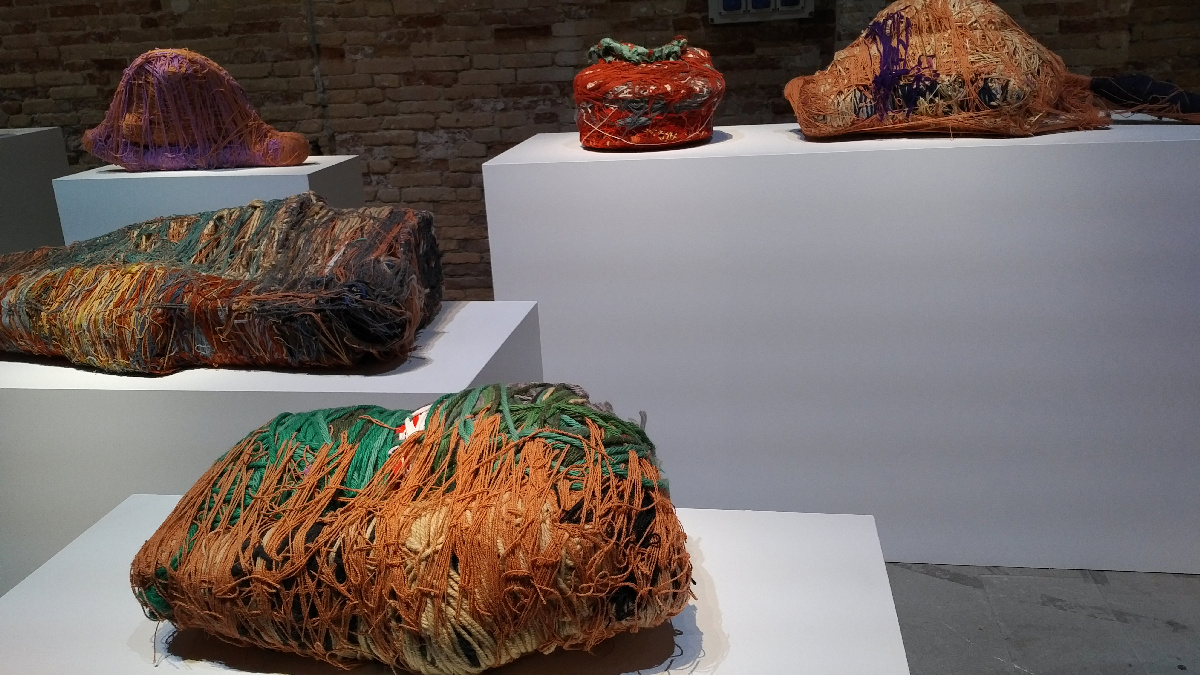
Judith Scott.biennale 2017
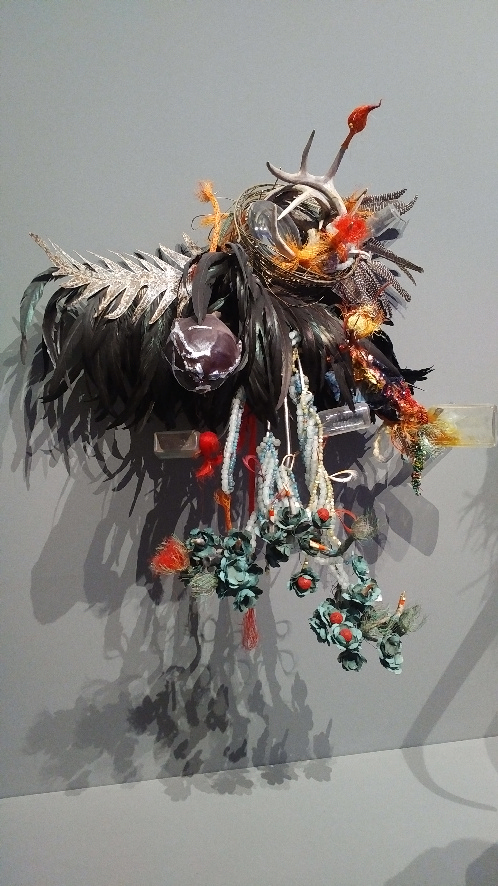
Rina Baneerjee.biennale 2017
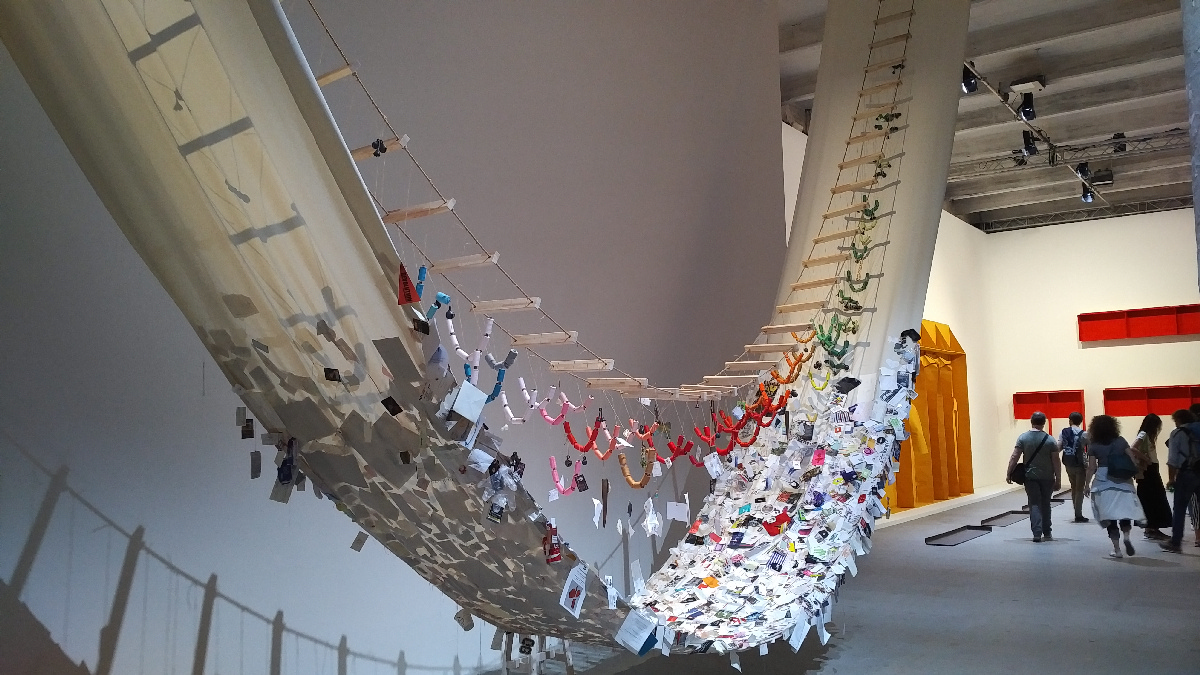
David Medalla.biennale 2017
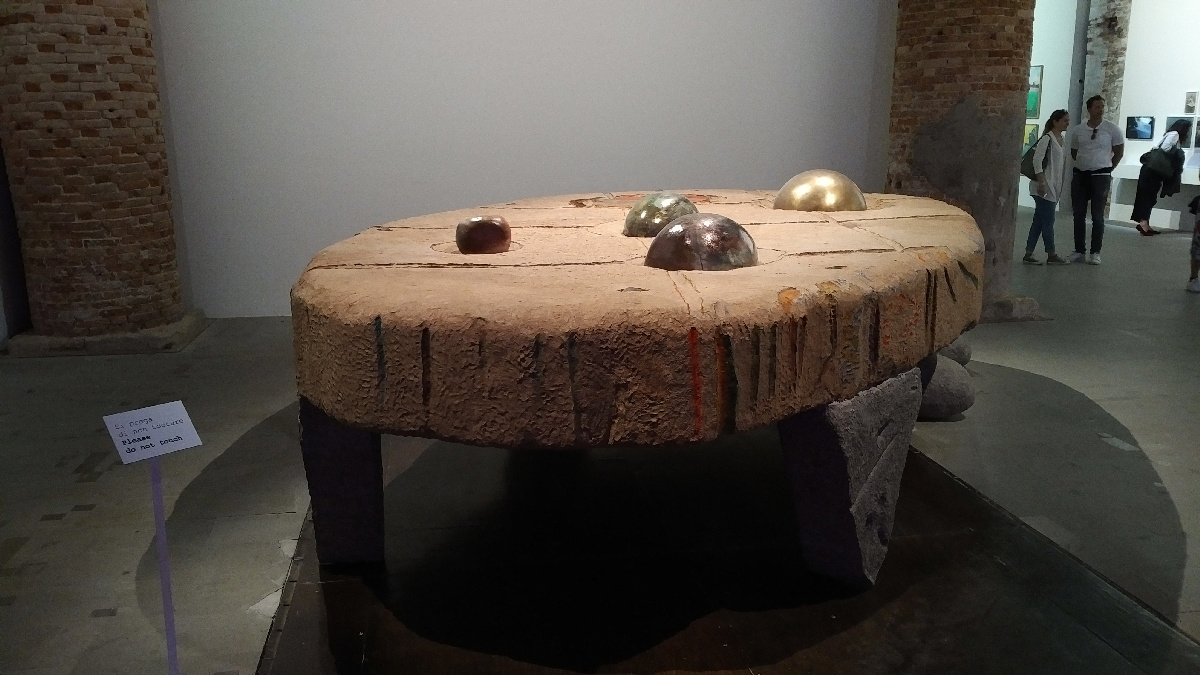
Erika Verzutti.biennale 2017
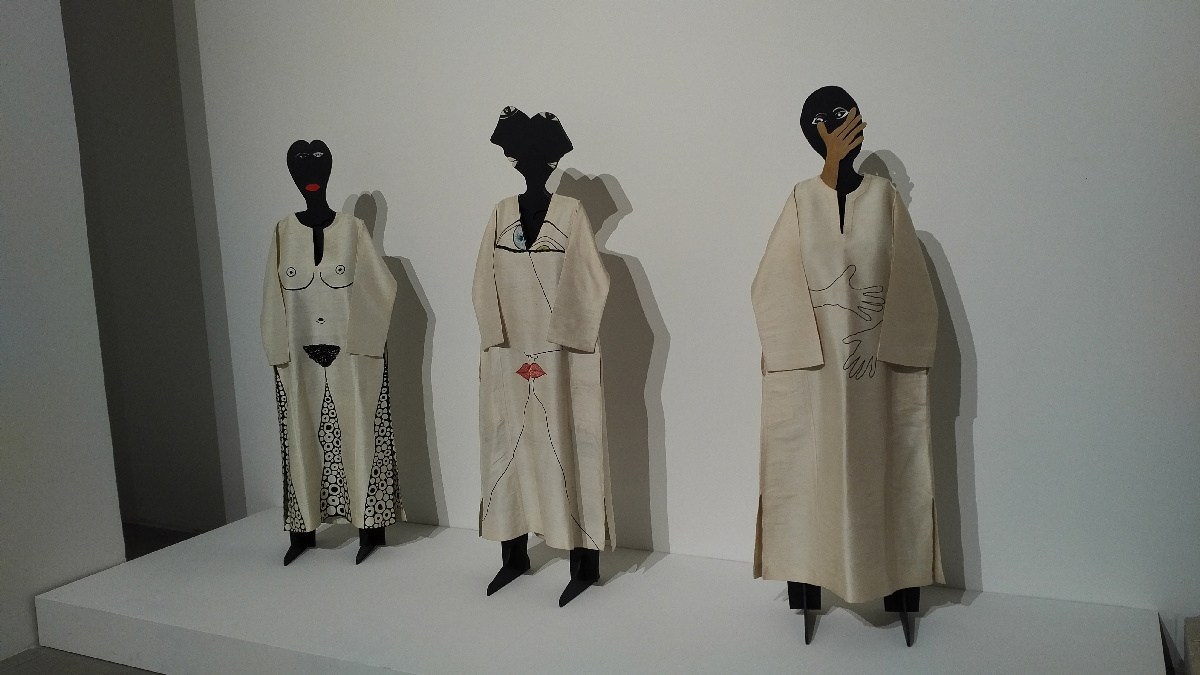
Hughette Caland.biennale 2017
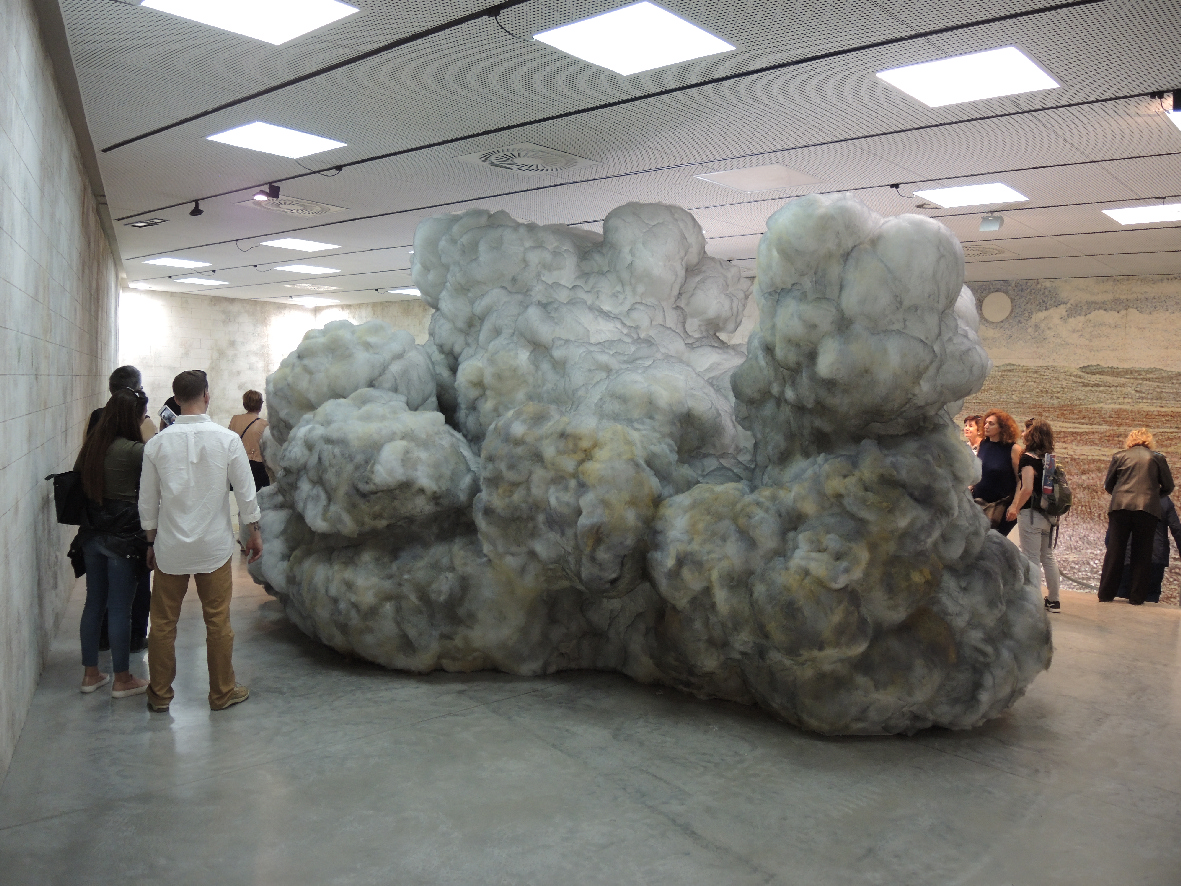
Gal Weinstein.Israel pav.biennale 2017
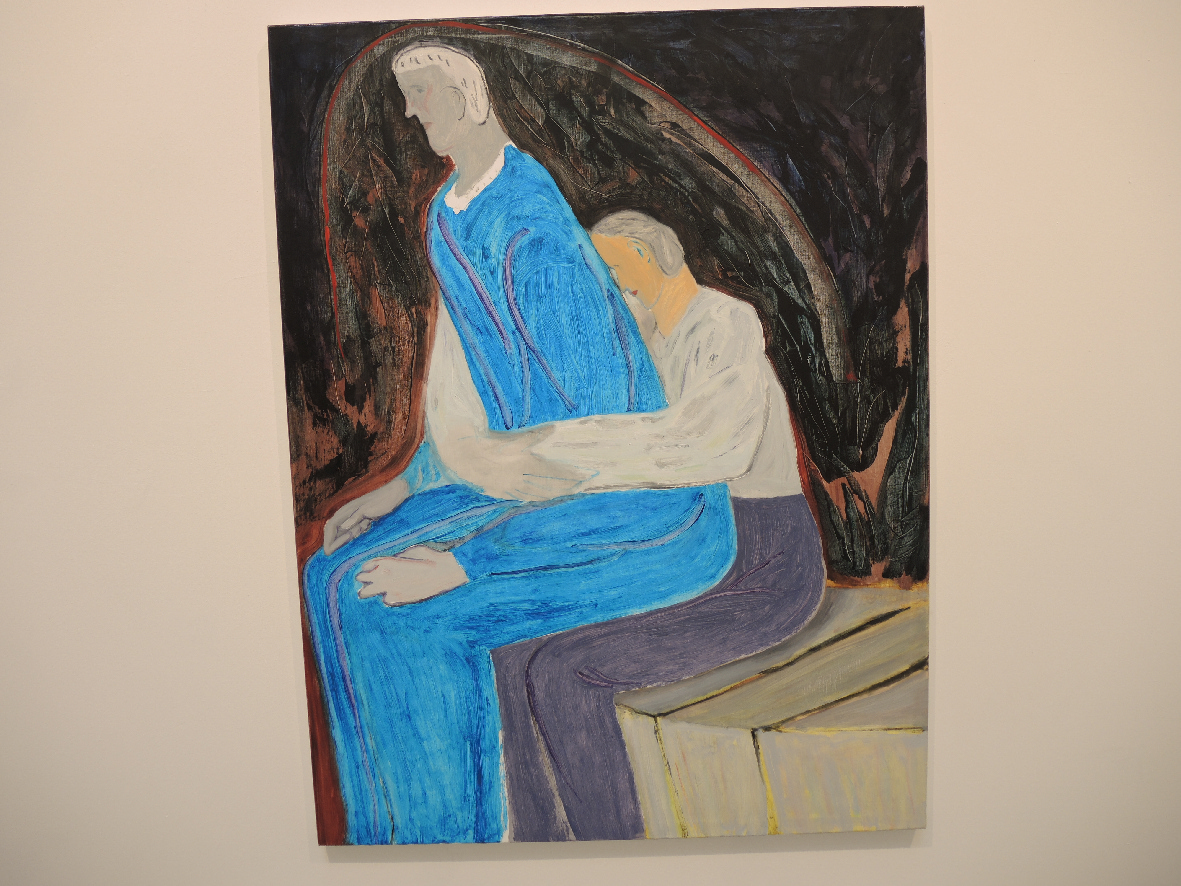
Firenze Lai.biennale 2017

